Electric and Hydronic Underfloor Heating System
Electric and Hydronic Underfloor heating system
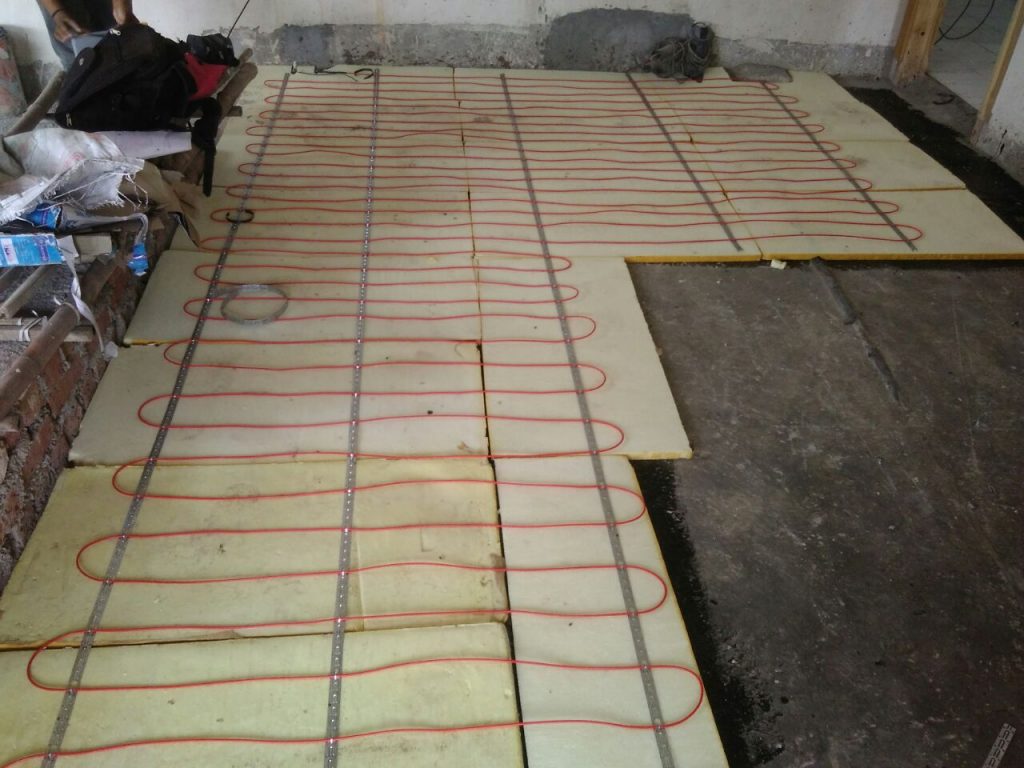
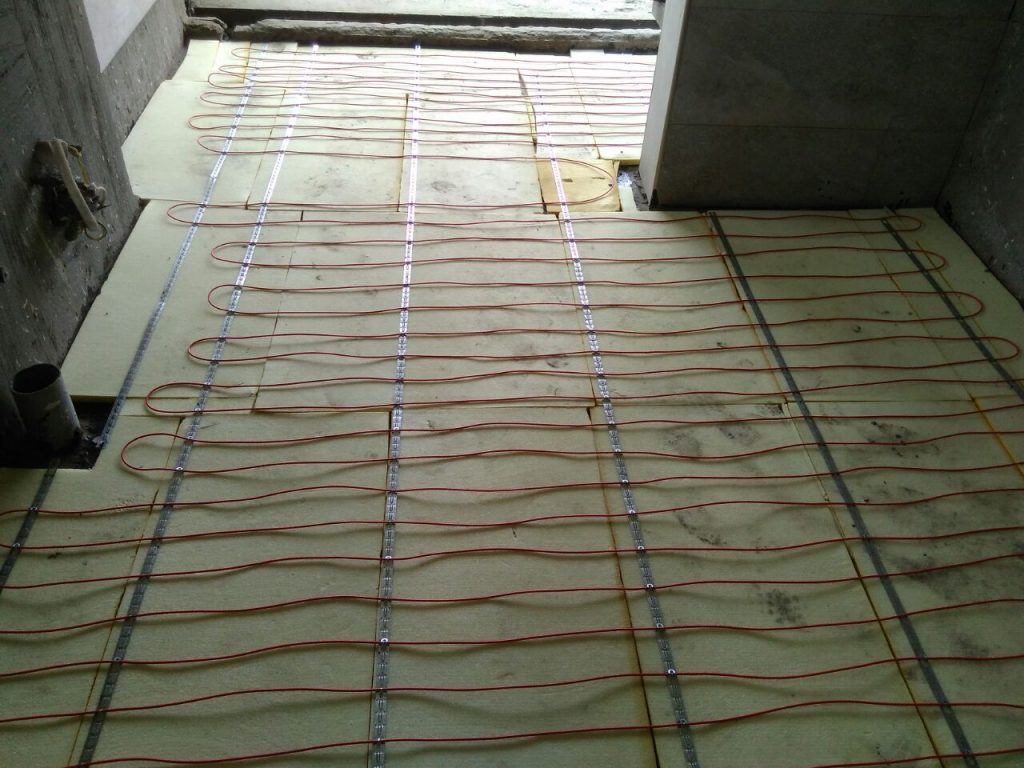
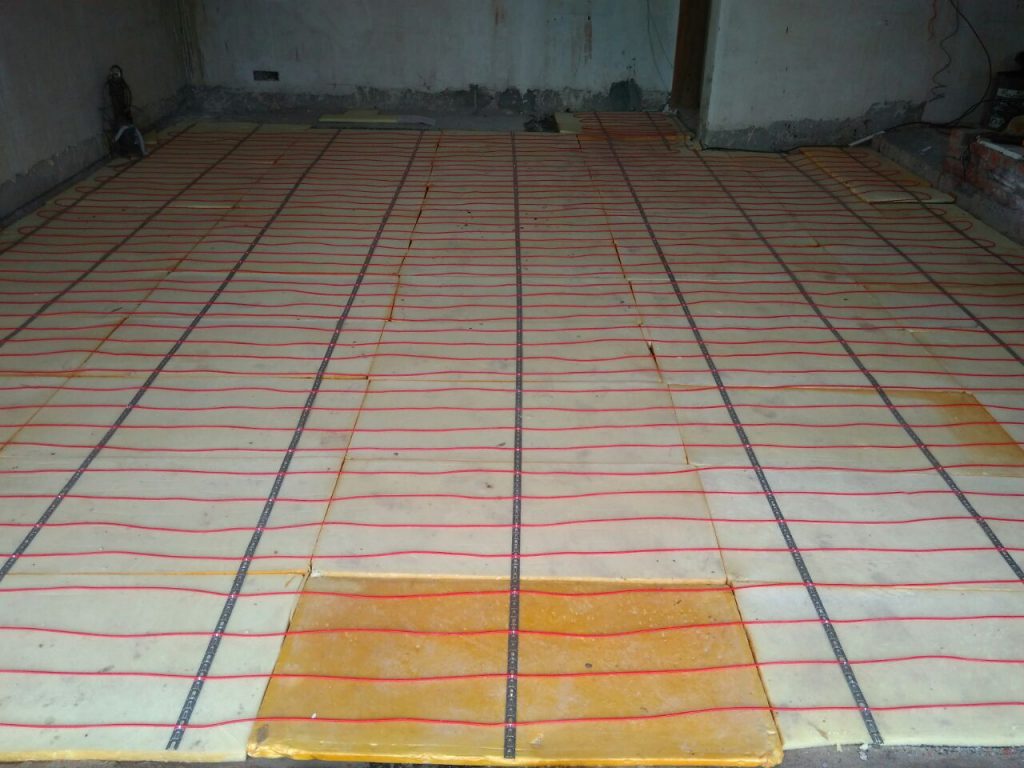
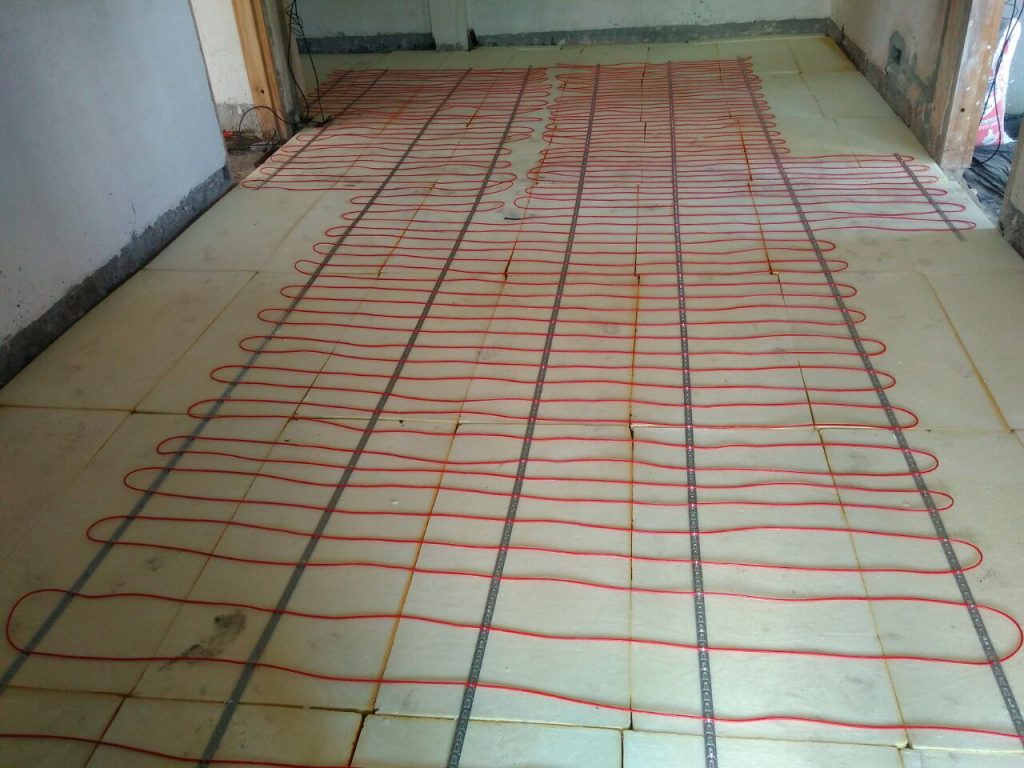
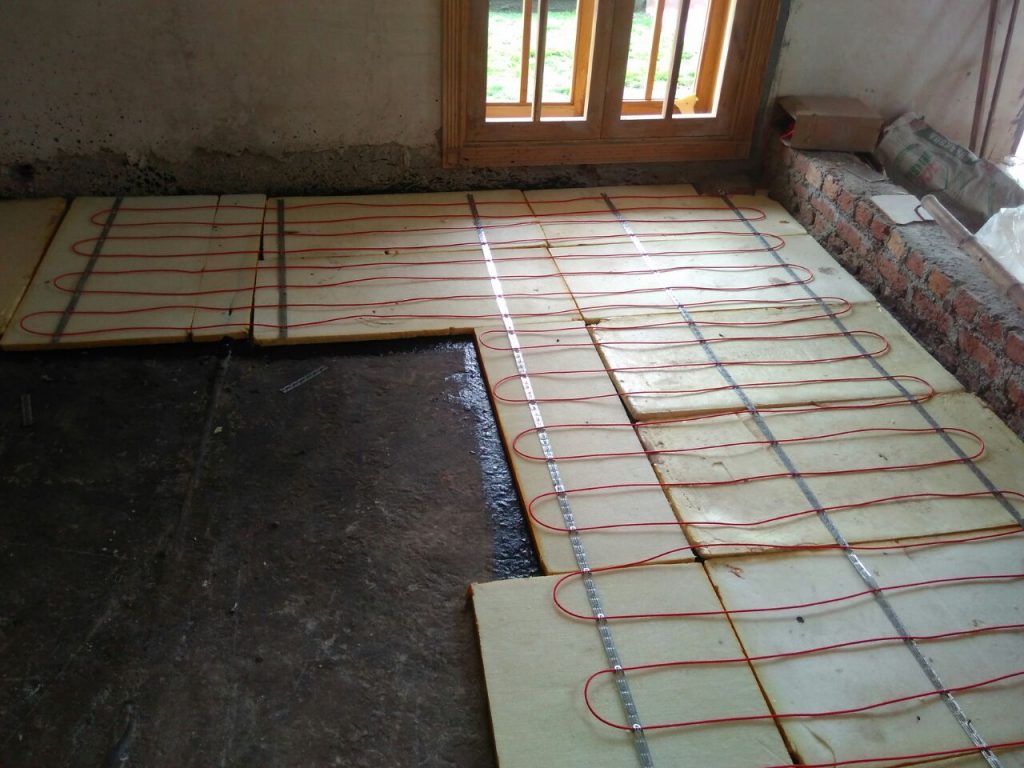
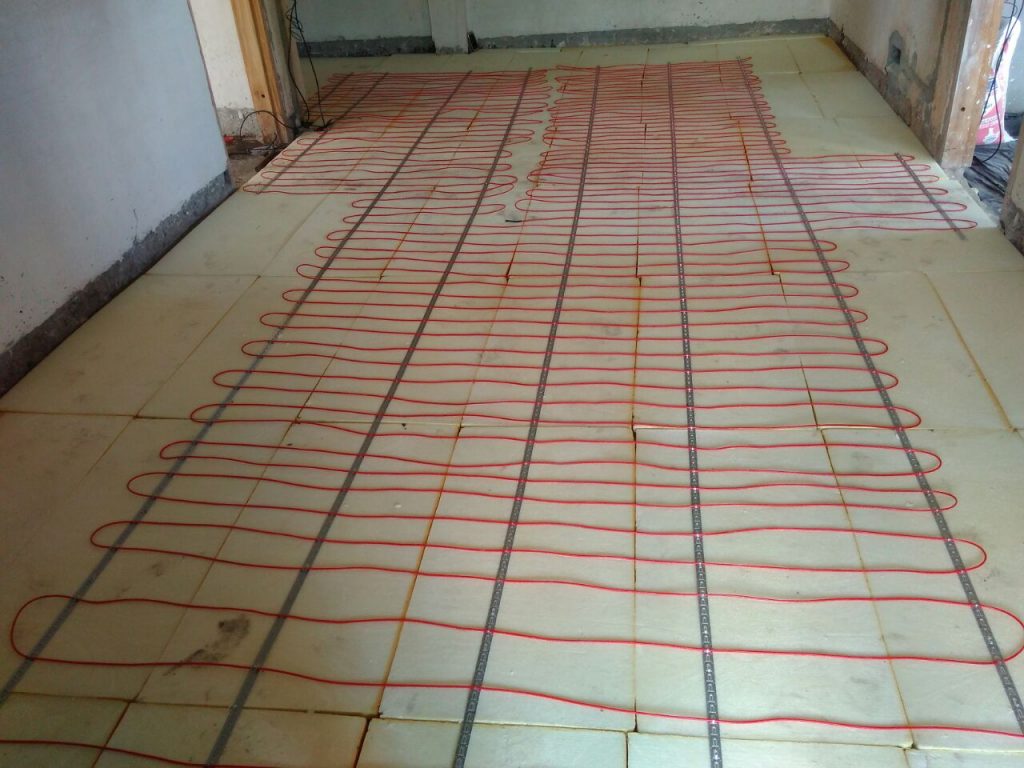
Underfloor heating warms your space from the ground up, delivering even, gentle heat across the entire floor area—much more consistent than radiators or air systems.
There are two main types:
Electric (Dry) Systems
Hydronic (Wet/Water-based) Systems
Electric Underfloor Heating (Dry System)
Electric and Hydronic Underfloor Heating Systems
1. Electric Underfloor Heating
How it works:
• Electric energy used to produce heat using resistive cables embedded in the floor.
• Solar power can be used to compensate the electricity used to reduce the electricity bills .
Key point :
• Hydronic underfloor heating involves components that are embedded in the floor.
Considerations:
• Needs - Shadow free space on roof or ground.
2. Hydronic Underfloor Heating
How it works:
• Hydronic systems use warm water circulated through pipes embedded the floor.
• Warm water can be produced by solar thermal heating or heat pumps to reduce energy costs.
Considerations:
Efficient for whole-house heating for ambient temperature upto 5degC.
• Backup heat sources are usually still needed in colder months if the temperature ambient fall to 0degC.
• Solar Power can compensate the energy costs incurred if direct electricity is used for heating water.
3. The Bottom Line
• Solar’s main role in both systems is to provide electricity and heat .
• This lowers energy costs and reduces environmental impact.
• Whether electric or hydronic, adding solar helps offset the operating energy cost.
• Heat could he generated by using Solar Water heaters , heat pumps, and solar water heaters are energy saving equipments and save energy and thereby reduce running cost.
• Even solar electricity can be used to reduce electricity bills indirectly.
There are two main types:
Electric (Dry) Systems
Hydronic (Wet/Water-based) Systems
Electric Underfloor Heating (Dry System)
Electric and Hydronic Underfloor Heating Systems
1. Electric Underfloor Heating
How it works:
• Electric energy used to produce heat using resistive cables embedded in the floor.
• Solar power can be used to compensate the electricity used to reduce the electricity bills .
Key point :
• Hydronic underfloor heating involves components that are embedded in the floor.
Considerations:
• Needs - Shadow free space on roof or ground.
2. Hydronic Underfloor Heating
How it works:
• Hydronic systems use warm water circulated through pipes embedded the floor.
• Warm water can be produced by solar thermal heating or heat pumps to reduce energy costs.
Considerations:
Efficient for whole-house heating for ambient temperature upto 5degC.
• Backup heat sources are usually still needed in colder months if the temperature ambient fall to 0degC.
• Solar Power can compensate the energy costs incurred if direct electricity is used for heating water.
3. The Bottom Line
• Solar’s main role in both systems is to provide electricity and heat .
• This lowers energy costs and reduces environmental impact.
• Whether electric or hydronic, adding solar helps offset the operating energy cost.
• Heat could he generated by using Solar Water heaters , heat pumps, and solar water heaters are energy saving equipments and save energy and thereby reduce running cost.
• Even solar electricity can be used to reduce electricity bills indirectly.
Shared Benefits (Both Systems)
1. Even and Comfortable Heating
Provides uniform warmth across the floor—no cold spots like in traditional radiators or blowers.
2. Energy Efficient
Heats from the ground up, so rooms feel warmer at lower temperatures—can reduce energy use by 15–30%.
3. Space-Saving Design
Installed under the floor, freeing up wall and floor space—no bulky radiators or heaters needed.
4. Improved Indoor Air Quality
No fans or ducts stirring dust and allergens—ideal for asthma or allergy sufferers.
5. Silent Operation
Operates quietly, with no buzzing, blowing, or clanking noises.
6. Comfort Underfoot
Floors are pleasantly warm—great for tile, stone, or cold-floor areas like bathrooms and kitchens.
Electric Underfloor Heating – Specific Benefits
1. Lower Installation Cost
Cheaper and quicker to install than hydronic systems, especially in small or retrofit projects.
2. Ideal for Spot Heating
Best for single rooms or areas where full central heating isn't needed (e.g., bathrooms).
3. Precise Temperature Control
Works well with digital thermostats for fine-tuned heating schedules.
4. Minimal Maintenance
Fewer mechanical components mean very low maintenance after installation.
Hydronic Underfloor Heating – Specific Benefits
1. More Cost-Effective for Large Areas
Although installation is more complex and expensive, it's more economical to run in larger homes or full-building applications.
2. Works Well with Renewable Energy Sources
Compatible with solar thermal systems, heat pumps, or boilers, making it highly sustainable.
3. Longer Lifespan
Well-installed hydronic systems can last 30–50 years with minimal issues.
4. Lower Operating Temperatures
Efficiently heats water to lower temps (30–50°C), saving energy over time.
1. Even and Comfortable Heating
Provides uniform warmth across the floor—no cold spots like in traditional radiators or blowers.
2. Energy Efficient
Heats from the ground up, so rooms feel warmer at lower temperatures—can reduce energy use by 15–30%.
3. Space-Saving Design
Installed under the floor, freeing up wall and floor space—no bulky radiators or heaters needed.
4. Improved Indoor Air Quality
No fans or ducts stirring dust and allergens—ideal for asthma or allergy sufferers.
5. Silent Operation
Operates quietly, with no buzzing, blowing, or clanking noises.
6. Comfort Underfoot
Floors are pleasantly warm—great for tile, stone, or cold-floor areas like bathrooms and kitchens.
Electric Underfloor Heating – Specific Benefits
1. Lower Installation Cost
Cheaper and quicker to install than hydronic systems, especially in small or retrofit projects.
2. Ideal for Spot Heating
Best for single rooms or areas where full central heating isn't needed (e.g., bathrooms).
3. Precise Temperature Control
Works well with digital thermostats for fine-tuned heating schedules.
4. Minimal Maintenance
Fewer mechanical components mean very low maintenance after installation.
Hydronic Underfloor Heating – Specific Benefits
1. More Cost-Effective for Large Areas
Although installation is more complex and expensive, it's more economical to run in larger homes or full-building applications.
2. Works Well with Renewable Energy Sources
Compatible with solar thermal systems, heat pumps, or boilers, making it highly sustainable.
3. Longer Lifespan
Well-installed hydronic systems can last 30–50 years with minimal issues.
4. Lower Operating Temperatures
Efficiently heats water to lower temps (30–50°C), saving energy over time.